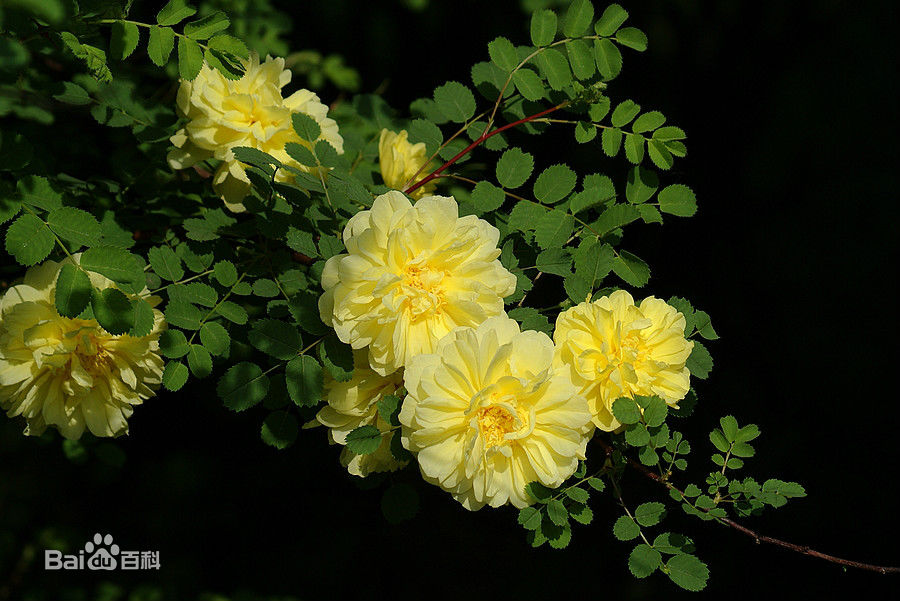Josh,
The early 19th century was a strange and exciting period. Trade with the far East was expanding, and many people would receive plants that they had no idea how to cultivate. Thousands of such plants were packed in boxes and delivered to nurseries with no return address of explanation of where the plants originated or who sent them. Each botanist and nurseryman chose a name to suit his needs, with little regards for self-appointed authorities. Names were deliberately altered … just because.
Then there was the little matter of Napoleon. When he was defeated in 1815, and France was able to rejoin the civilized world, nurserymen on both sides of the English Channel ran to the nearest dock to get passage. This also led to much confusion. For instance, Knight had been raising self-seedlings of the Crimson China. Maybe 10 or 12 of these were in the trade. They were much alike, but professional gardeners could make good use of their small variations in mass plantings. Meanwhile, at least a few such roses were raised in France. After 1815 or so, no one could be quite sure where a given Crimson China originated.
Then there was Knight’s ‘Animating’, a hybrid of Crimson China and Blush Tea-scented, that caused a bit of a stir in France, as well as in England and the U.S. The scent must have been distinctive because Vibert named a rose ‘Noisette odeur de Bengale animating’. Alas, the rose seems to have become confused with a very different variety named ‘Animated’ and introduced by Hibbert & Buist.
AND THEN, 1816 was the year without summer. It was cold. And no doubt the nurserymen had a jolly time replacing plants that were lost that year.
By the 1830s, Parks’ Yellow China Rose, which was not Tea-scented and did not have the characteristic glossy leaves, became confused with the true Yellow Tea-scented rose. This was apparently a self-seedling of the Blush Tea-scented raised in France by Dr. Cartier and sold by Cels as ‘Bengal Jaune’. It was apparently first distributed in England by Knight in 1823. By the late 1830s a flock of Tea-scented roses arrived from Italy, and all hope of sorting out the mess was lost.
AND THEN came the devastating winter of 1837/38.
http://bulbnrose.x10.mx/Roses/breeding/LindleyWinter1836_38.html
Again, the nurserymen kept very busy propagating everything in sight and selling all they could raise.
Loudon tried to explain that the true Yellow Tea-scented was not the same as Parks’ rose.
Loudon: An Encyclopaedia of Trees and Shrubs p. 343 (1842)
Rosa indica
- R. i. 11 ochroleuca Bot. Reg. has large cream-coloured flowers, deepening almost into yellow in the centre. It was introduced by Mr. Parks in 1824, and appears to have been since lost.
- R. i. 12 flavescens.—This, Mr. Gordon assures us, is the true tea-scented yellow China Rose, and not the preceding variety, which is generally considered as such, and confounded with it.
Loudon soon died, and the confusion has become solidified as “absolute fact”.
And before I end this, here are some morsels I found in the Asiatic Journal and Monthly Miscellany. I copied only the roses. However, I cannot find any hint as to who wrote the lists, where in China the plants originated, or where they ended up.
http://bulbnrose.x10.mx/Roses/Ehret/EastIndi1817.html
Oh, in 1830 the Ghent Botanical Society published a note. This is a third yellow China rose that, so far as I can learn, has not been mentioned elsewhere, but may have been used by Belgian breeders.
It is further resolved, that in a token of gratitude, the Society shall exhibit plants for Mr. Th. Beale (), a merchant in Macau, Province of Canton in China;
() List of Plants sent on January 18, 1829, by M. TH. BEALE, of Macao, and which Dr. Moke, on his return to Europe aboard the ship Raymond, had been kind enough to undertake to hand over to the Society.
5. Rosa chinensis, jaune. Not yet introduced in Europe
Karl
